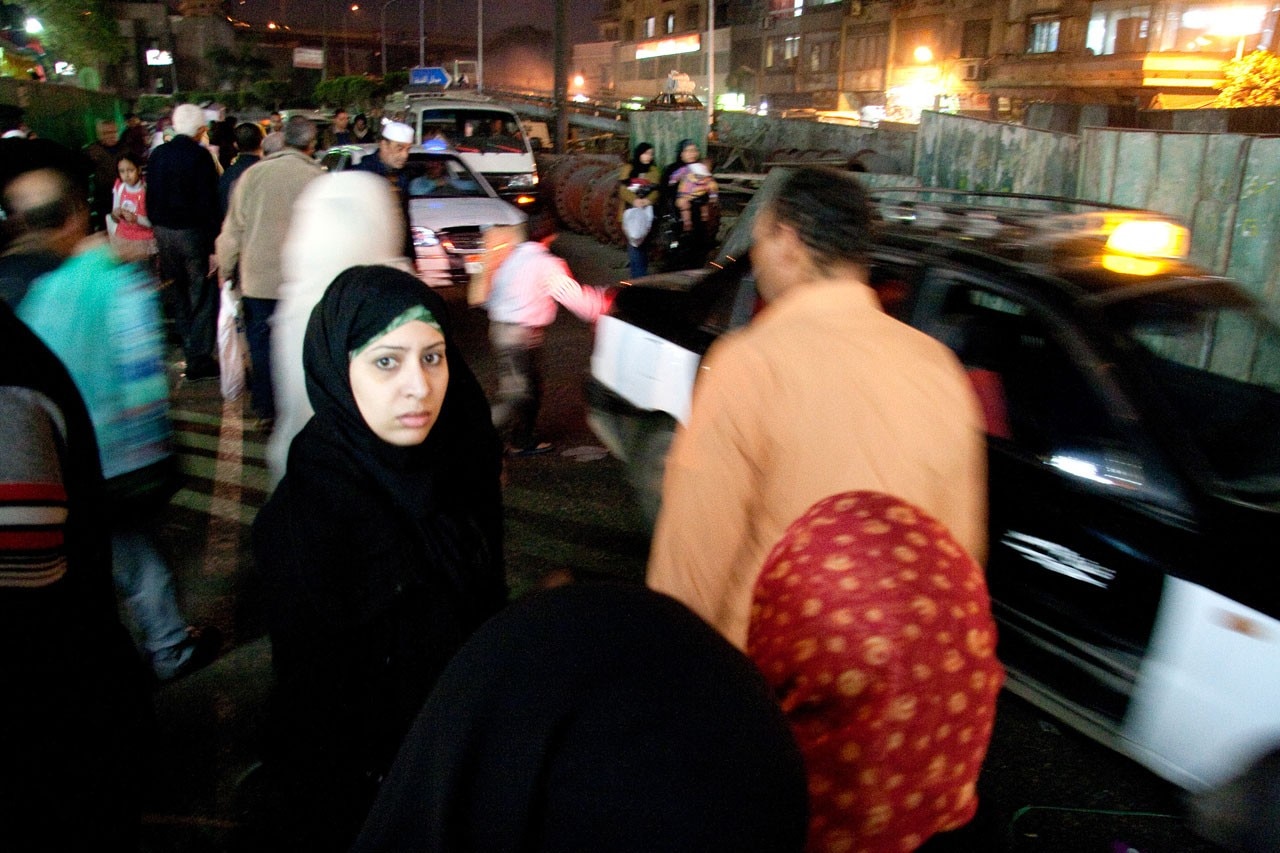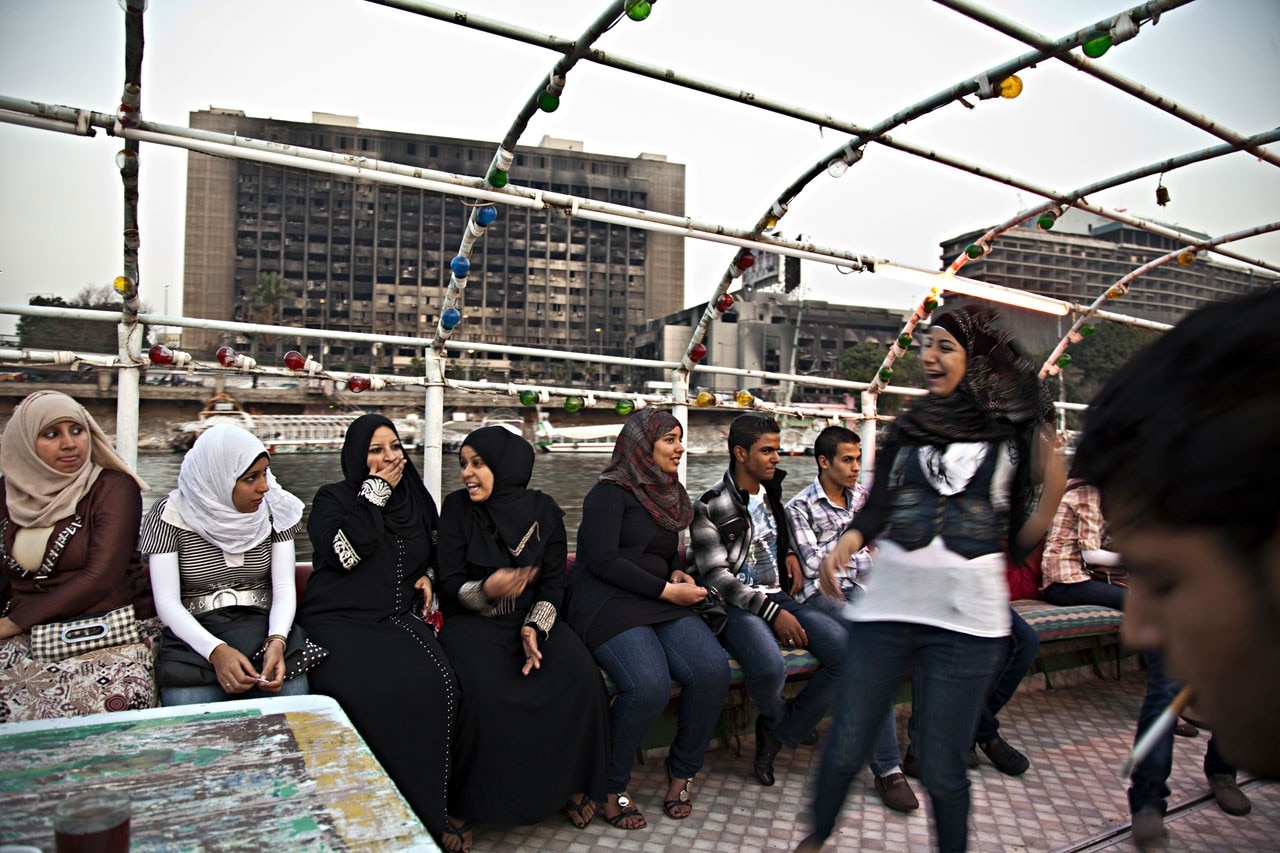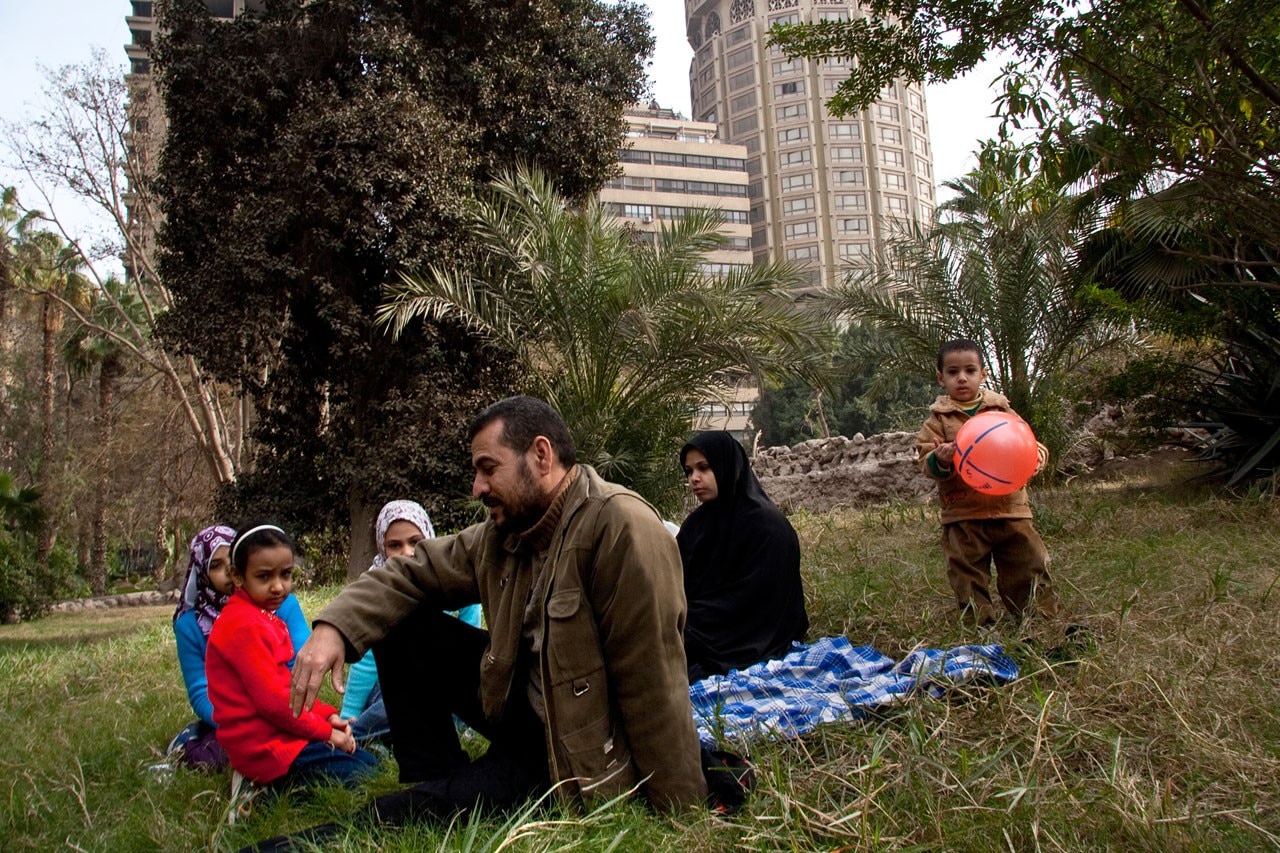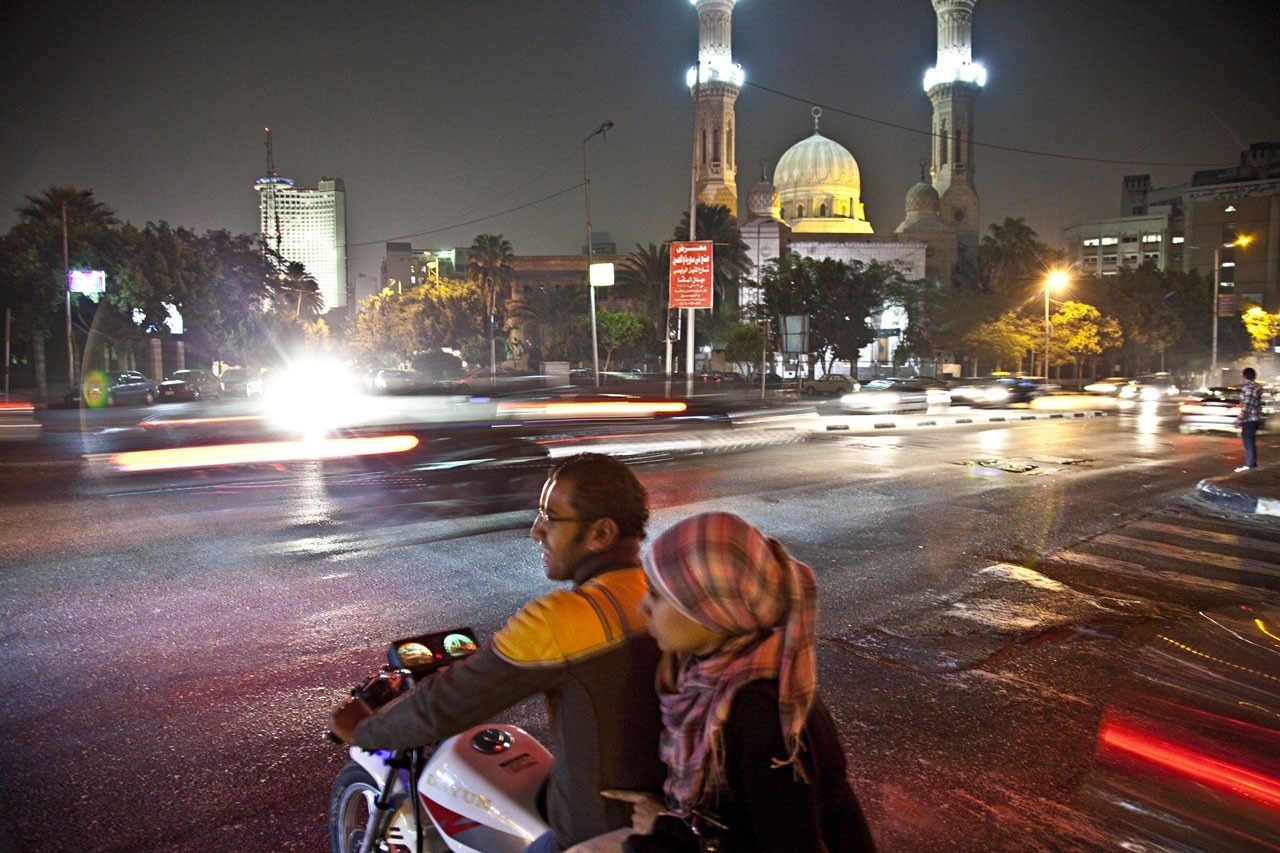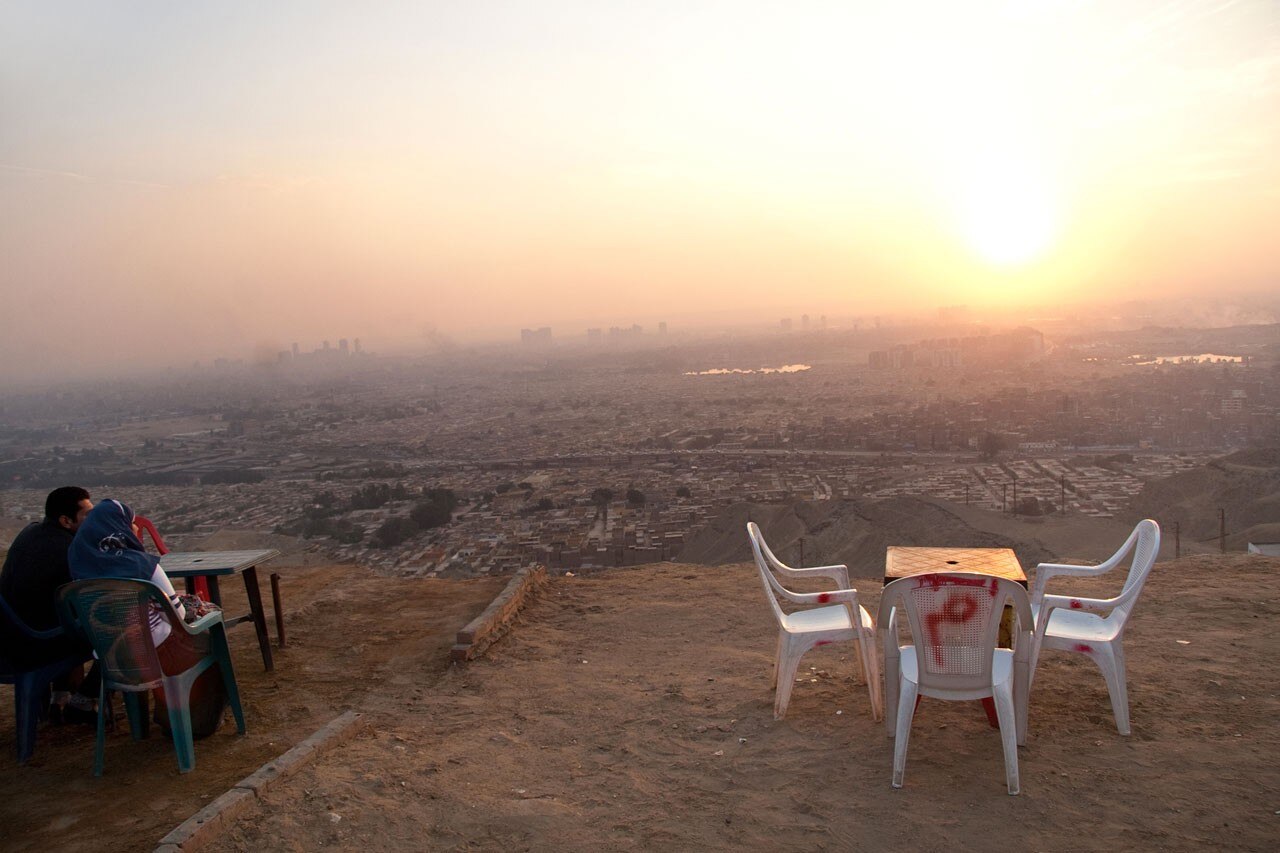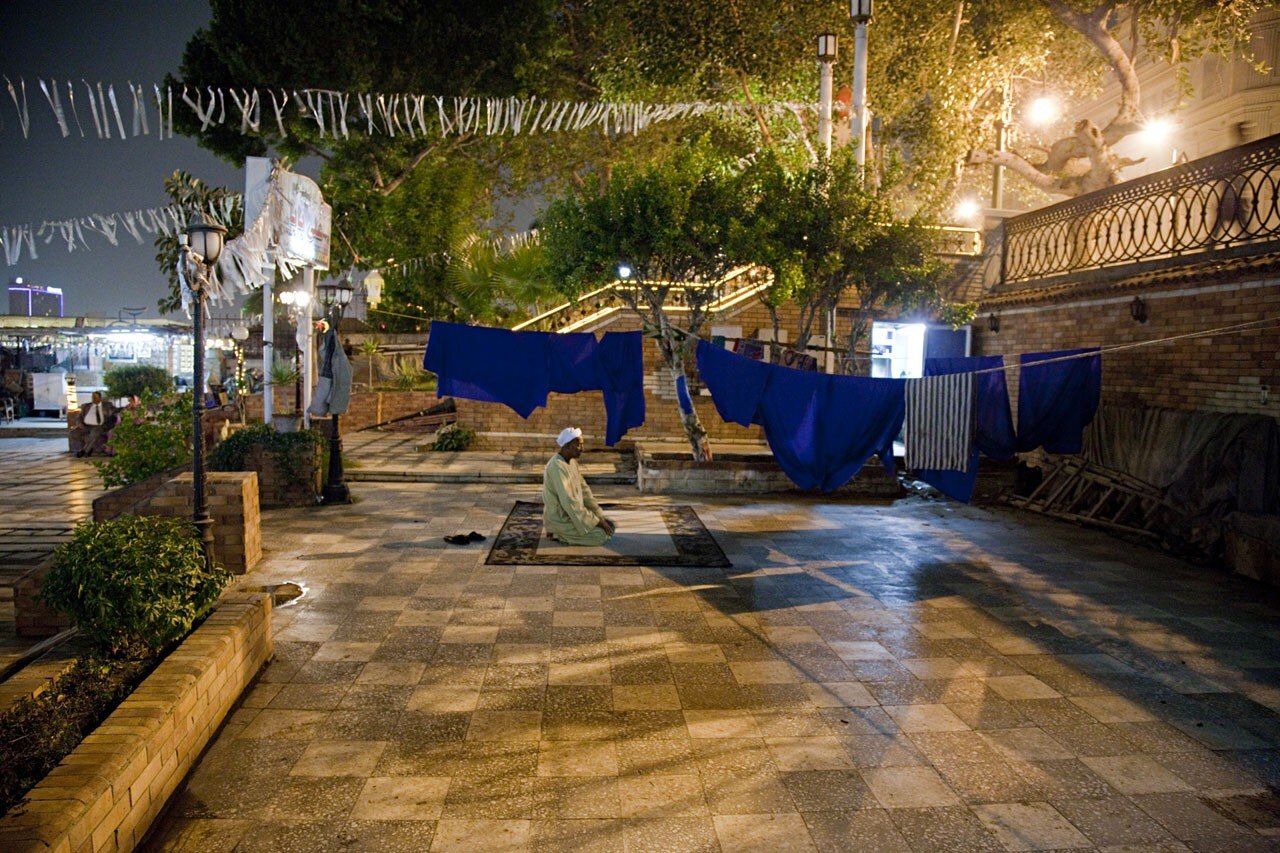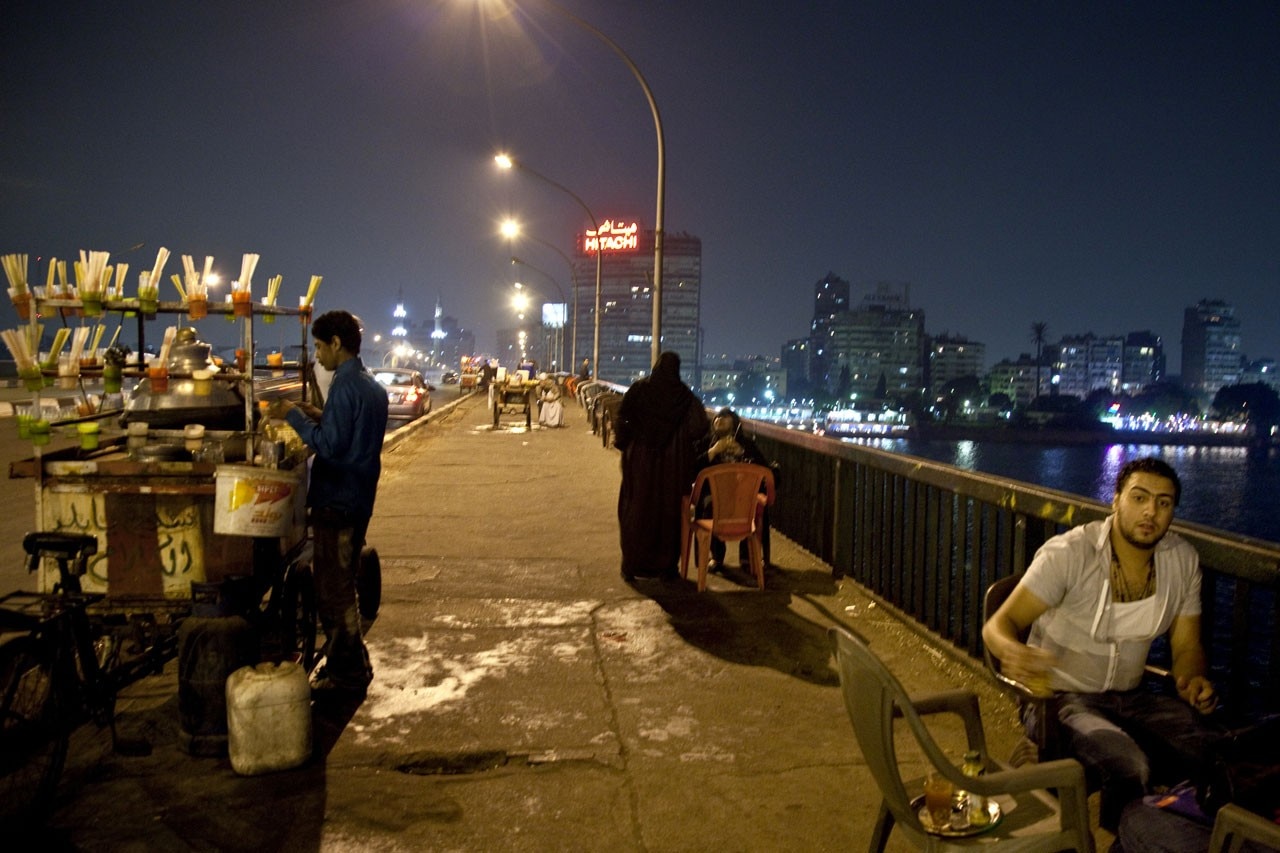Selected for the Magnum Emergency Fund, 2013, in the same year she also received the Prix Portfolio Ani while in 2006 she received a grant from the Rhône-Alpes Regional Council to work on prostitution in France.
In 2003 she was chosen to take part in the Reflexions Masterclass in Paris, her images are shown all over the world: from the Lawndale Art Center in Houston, Texas to the Rencontres Internationales de la Photographie at Arles, the International Festival in Rome and PhotoEspaña in Madrid. In 2015 she will be at Gaspésie in Canada to exhibit at the Rencontres Internationales de la Photographie.
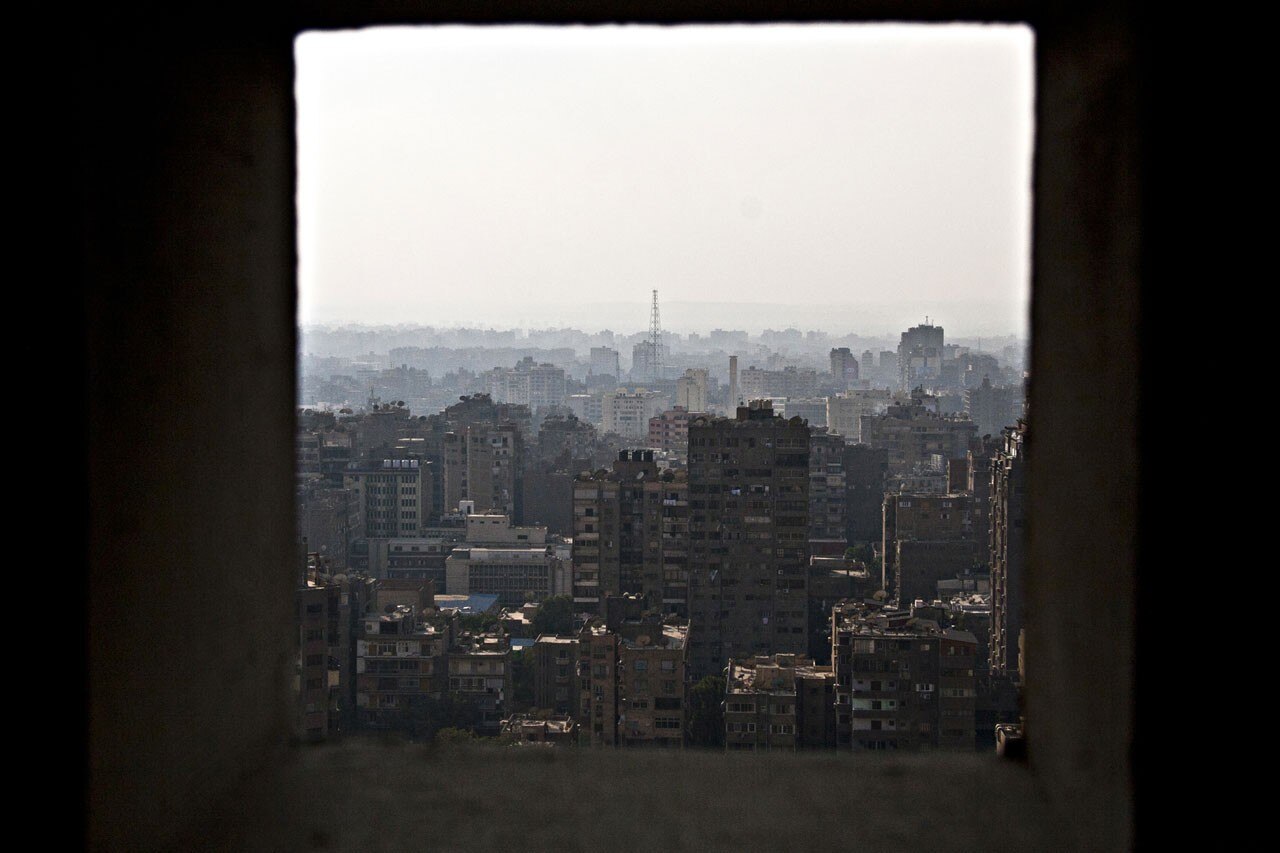
Francesca Esposito: In one of your recent works, you portrayed the city of Cairo and its people, in fact its smell. How did this project come about?
Elena Perlino: The project began in early 2011 after being postponed several times, right at the time when events were being sparked off that led 18 days later, on January 25, to the uprising and the overthrowing of President Mubarak. There were two of us doing a project on Mediterranean countries.
FE: What did you see with your own eyes at Cairo?
EP: There are pictures where you see the Ministry buildings in the background that were attacked and set on fire while in the foreground there are girls dancing on boats that were hired out to groups of people who sail along the Nile while sipping tea. Normal everyday scenes really.
FE: What could you sense in the air?
EP: There was a feeling of anticipation, almost suspension and at the end of the month, before the demonstration in Tahrir Square, we saw young policemen in riot gear with trucks, there were lots of checkpoints and metal detectors all over the place to get in and out of hotels. When it all broke out I left and came back in October.
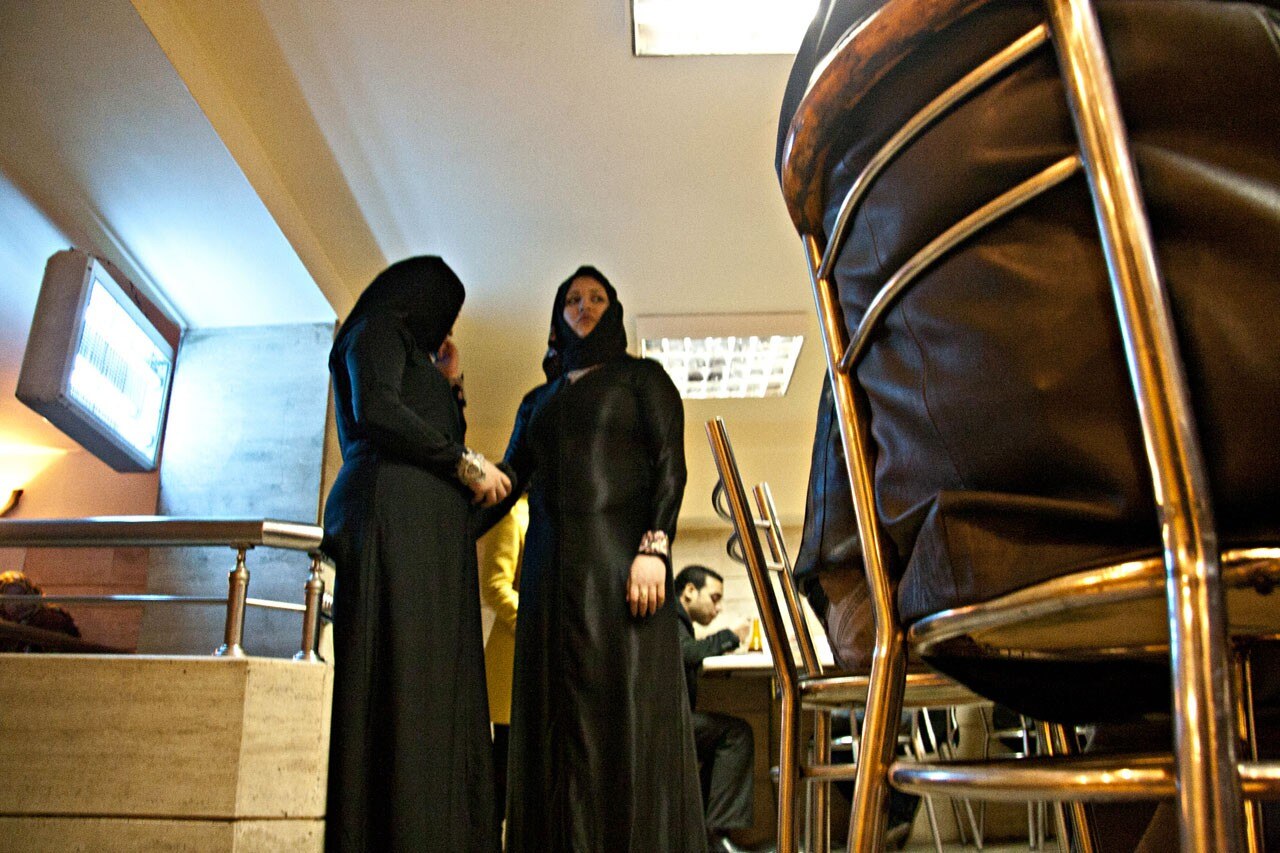
FE: What changed from one moment to the next?
EP: Between one moment and the next, you could feel a greater tension, people were more wary about being photographed. I’m not a conflict photographer so I didn’t do anything differently from how I normally would. I tried to describe the everyday side of the city, from the Islamic historic centre to the Bourse Neighbourhood (designed by Italian and French architects in Cairo), the residential area of Zamalek, the Khan el Khalili bazaar as well as the Garden City at Heliopolis, Downtown at Garbage City and the surreal City of the Dead.
FE: What has Cairo got compared to other cities, what’s its unique quality?
EP: There is a sense of decadence. In the district where the embassies and museums are, the areas that you read about in books, you have a sense of the history that has passed. There is sand in the air and it feels like a ghost town. The City of the Dead is an incredible place because it is a city of living people in an area given over to cemeteries.
In Garbage City every corner of the district is dedicated to a different type of waste collection. There is plastic, recyclable material and a smell of compost everywhere. There are also many contradictions, beautiful universities, underground railways in perfect working order, uniforms, also based on gender. Then there’s the traffic.
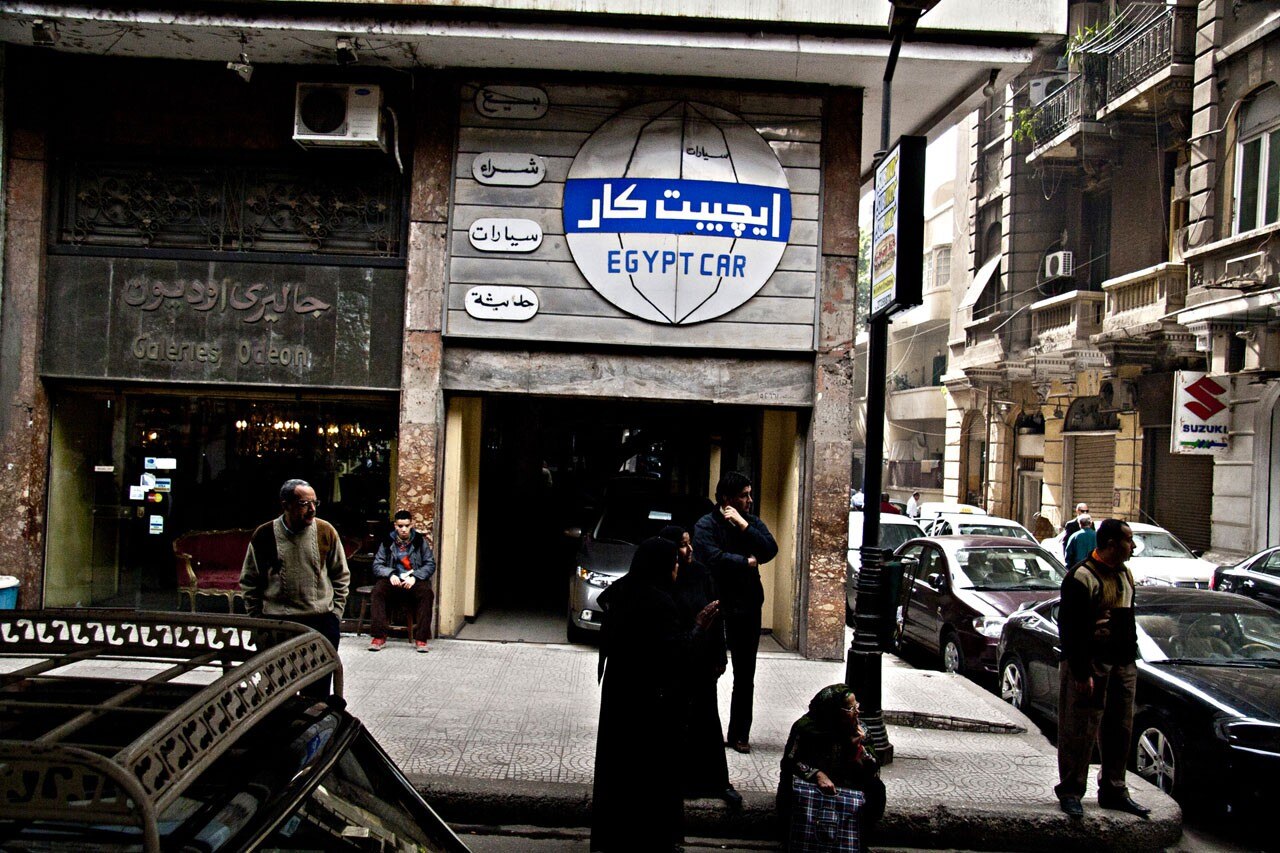
FE: In its form, does the architecture try and contain something particularly chaotic, or the human being. What were you drawn to in terms of architecture?
EP: There are great contrasts. Where the big tourist hotels are you see a modern metropolis but as soon as you move out to the hinterland you get houses with floors made of earth and you might see some chickens in the corner. The beauty of the city is also this, ultra-modern elements alongside others that belong to another time. As soon as you get out of the residential areas there are districts where a whole slice of the population lives on a dollar a day.
FE: With so many exhibitions around the world, which are the most significant projects?
EP: The most recent and significant project is the one on the Nigerian trafficking in Italy that was selected by the Magnum Emergency Fund. It will be published in a book in two or three months time thanks to the Kickstarter crowdfunding platform and the Open Society Foundation.
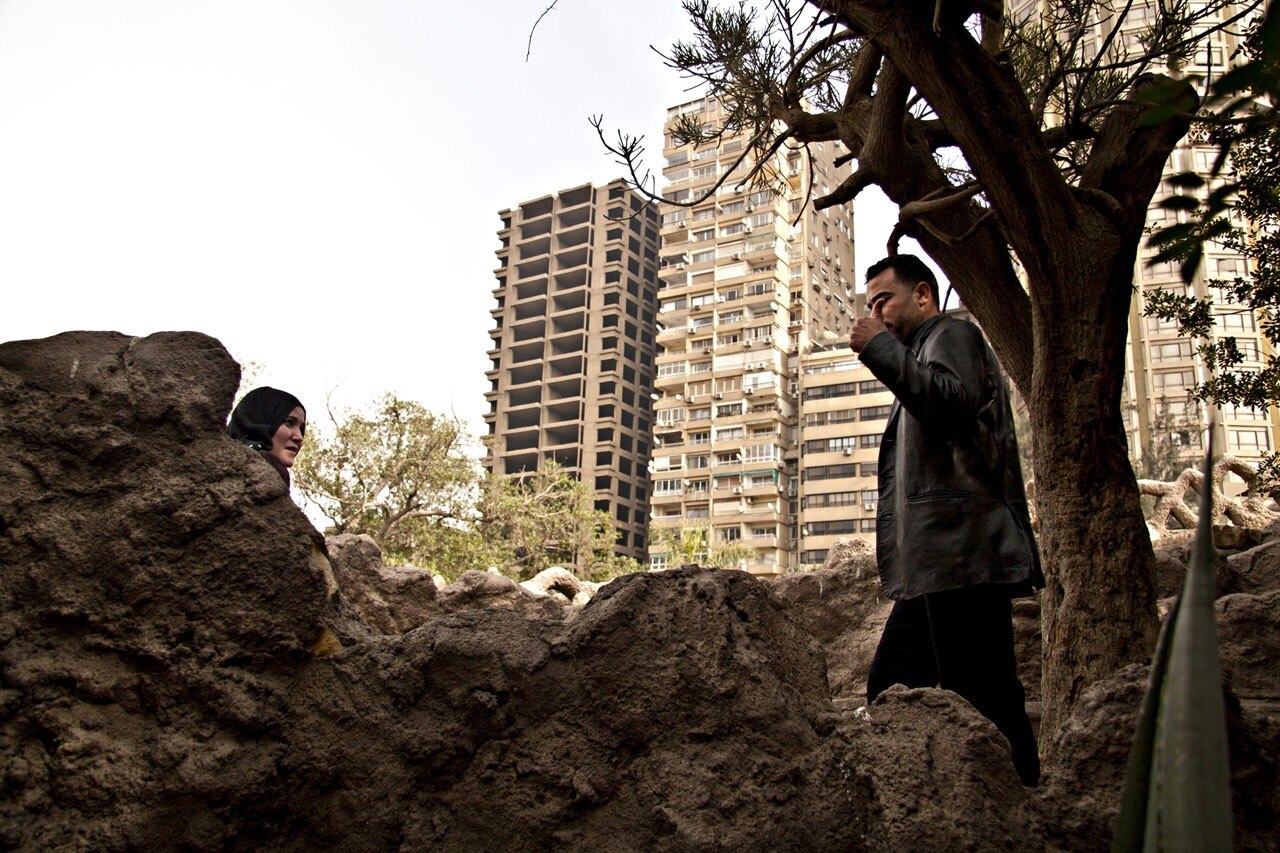
FE: You studied Modern Literature in Turin, specialising in film history and criticism.. To what extent has film influenced your work?
EP: It has definitely influenced it, along with the work of a number of photographers that I have followed over the years Michael Akerman, Jim Goldberg, Dolores Marat, Alec Soth, Antoine D’Agata.
FE: On the subject of images by Antoine D’Agata: they were shown in 2013 at the Spazio Forma in Milan then in October a change of venue and programme was announced due to lack of funds. Is his move to France another addition to flight of brains – and eyes?
EP: I heard about what happened to Spazio Forma, it seems incredible and yes this is also the reason why they’ve gone. In reality, I decided to do it because once I got to 40 I said “It’s now or never”. I had studied in Paris for a Masters so I had got to know the city and a very close friend. In a few days an agency that I am in contact with has to decide whether to take me on, in terms of work I have to say it’s been a good move.
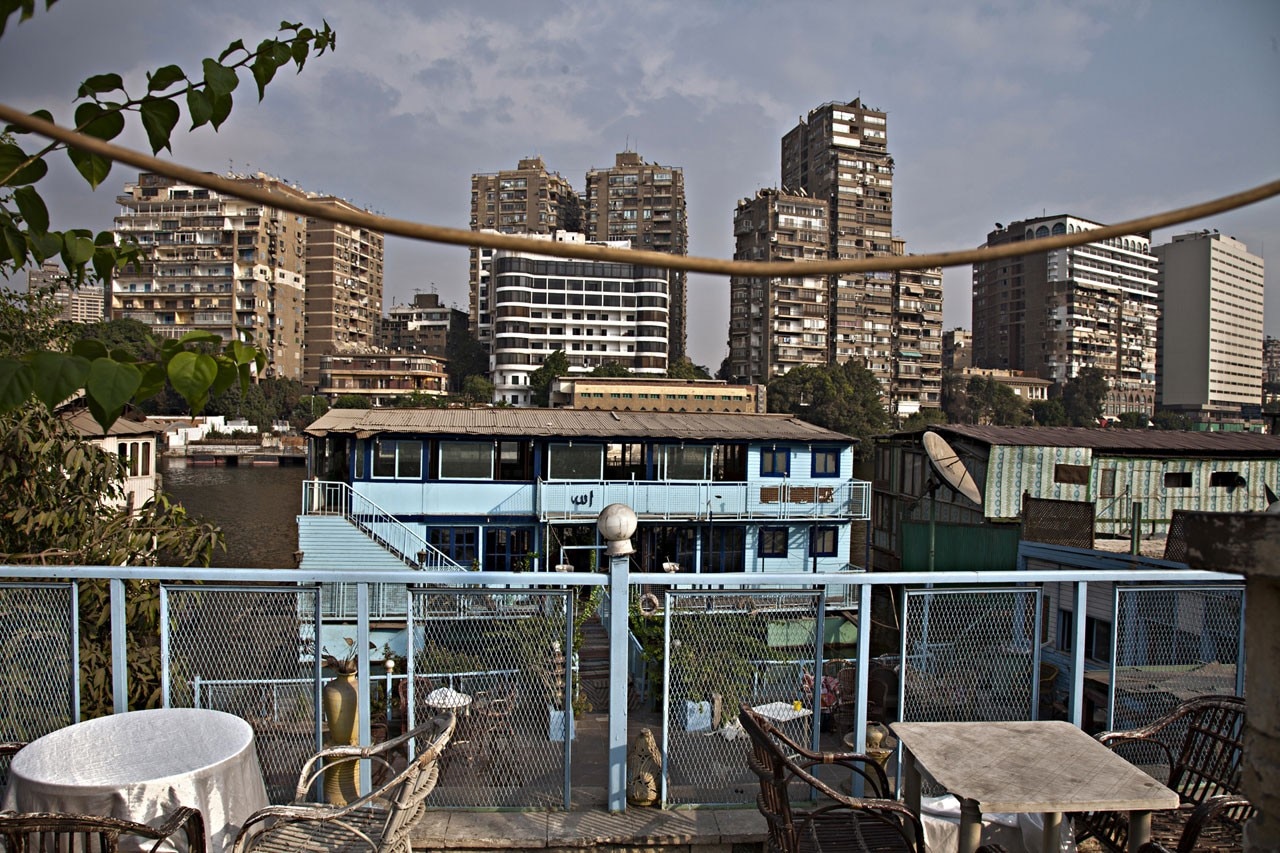
FE: Is it better in Italy or France?
EP: The situation in Italy is definitely not rosy and it has to be said that in France there’s a lot of agencies and exhibition spaces but there’s a lot of competition. It’s not enough to just come over and think they’re all waiting for you. It’s a bit like wanting to be a model in New York. What is more, Paris has been photographed in all kinds of ways. In our area, at Château Rouge a Centre for Islamic Culture has just opened with subsidies and productions for work on a very interesting district.
FE: There are often women in your photographs, what’s it like behind a woman behind the lens?
EP: At a photographic level I’m doing well but I don’t want to just photograph women. The important thing is that you create a bit of empathy, I want to be seen, I want the subject to be aware of my presence whether they accept it or not. Like my teacher Antonin Kratochvil said, you need to be able to smell their armpits.
FE: Can a good photographer make you feel?
EP: There definitely has to be mutual trust, that you can find even without many words, by getting close and understanding intentions. Then it is necessary to spend a lot of time on a theme that you are interested in anyway. If you don’t feel it in your gut, you can’t get across any intimacy. What I’m interested in documenting with photography is often the difference between the expected and the unexpected, a contrast that often creates strong visual and emotional results.
